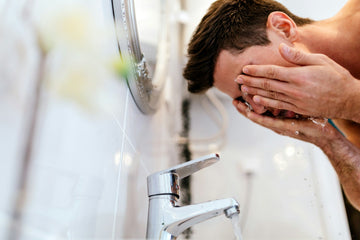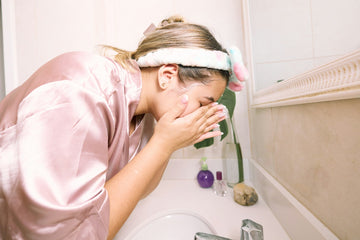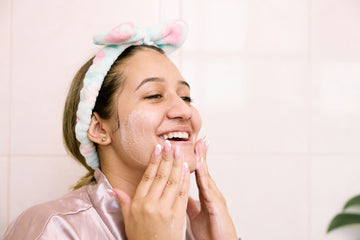Shellac nail polish is popular for its long-lasting, high-gloss finish, but when it comes time for removal, the process can seem daunting. Unlike regular nail polish, shellac requires a bit more care and attention to remove without damaging your nails.
In this guide, we’ll take you step-by-step through the safe and effective process of removing shellac polish at home, ensuring your nails stay healthy and strong.
With the right process and nail care products, you can ensure that you are able to safely and effectively remove shellac nail polish.
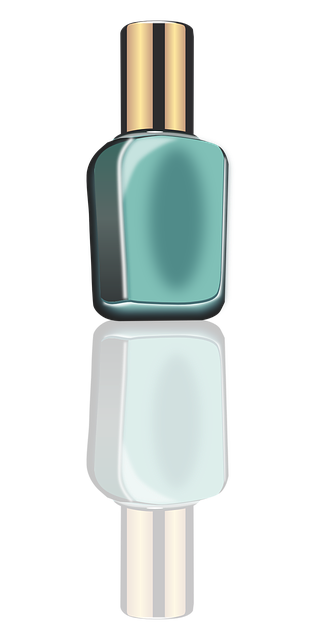
Preparation and Removal Process
Before you start the shellac nail removal process, it’s important to gather all the necessary tools and take steps to protect your nails. Proper preparation will ensure that the removal process goes smoothly and efficiently.
Tools You’ll Need
To safely remove shellac polish, you’ll need the following tools:
-
Acetone nail polish remover: Make sure you use pure acetone for the best results, as regular nail polish remover won’t be strong enough to dissolve shellac.
-
Nail file: A fine-grit file will help break down the top layer of the shellac polish, allowing the acetone to penetrate.
-
Aluminum foil: You’ll need small strips of aluminum foil to wrap around your fingers and hold the acetone-soaked cotton pads in place.
-
Cotton pads: These will be soaked in acetone and placed on your nails to dissolve the polish. Alternatively, you can use a cotton ball instead of a cotton pad. There is no need to trim the cotton ball, but you may need to adjust the aluminum foil to accommodate its thickness.
-
Cuticle oil: Applying cuticle oil before and after removal will help keep your nails and skin moisturized and protected from the drying effects of acetone.
-
Cuticle pusher or orange stick: A cuticle pusher will help you gently scrape off any remaining polish after soaking.
Preparing Your Nails
Before you start the removal process, it’s important to prepare your nails:
-
Remove any loose or damaged nail polish: If any areas of your shellac polish are chipped or peeling, gently remove the loose pieces. This will make the removal process more efficient.
-
Apply cuticle oil: Rub cuticle oil into the skin around your nails and on your cuticles. Acetone can be very drying, so this step helps to protect the delicate skin around your nails.
Once your nails are prepped, you’re ready to start the removal process.
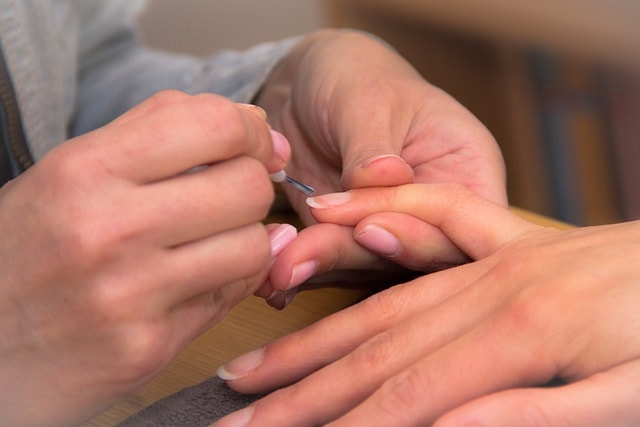
Breaking Down the Shellac Nail Polish
The key to removing shellac polish is to break down the protective topcoat, which seals the polish and gives it its long-lasting durability.
Similarly, removing gel polish involves breaking the gel polish seal with filing and using proper tools such as acetone nail polish remover and cuticle pushers.
Filing the Topcoat
-
Use a nail file to gently buff the surface of your nails. The goal here is to break the topcoat so the acetone can penetrate and lift the polish.
-
Be careful not to file too aggressively, as this can damage the natural nail underneath the shellac. A gentle filing will be enough to create tiny abrasions in the polish, allowing the acetone to work more effectively.
Why This Step is Important
Breaking down the top layer of shellac polish is crucial because the topcoat is resistant to acetone. Without this step, the acetone may not be able to fully dissolve the polish, leading to longer soaking times or difficulty in removing the shellac.
Soaking and Removing the Gel Nail Polish
After breaking down the topcoat, it’s time to soak your nails in acetone to dissolve the shellac polish. Remember, patience and the right tools are essential to effectively remove gel polish without causing damage.
Step-by-Step Soaking Process
-
Soak an acetone soaked cotton pad in acetone nail polish remover. Make sure the cotton pad is saturated, as you want it to fully cover your nail and dissolve the polish.
-
Place the acetone-soaked cotton pad on your nail, ensuring it covers the entire nail surface. This is essential for the acetone to penetrate all areas of the polish.
-
Wrap the nail in aluminum foil. Take a small strip of aluminum foil and wrap it tightly around your fingertip, holding the cotton pad in place. This step helps trap heat, which speeds up the process and helps the acetone work more effectively.
-
Let it soak for 10-15 minutes. Allow the acetone to sit on your nails, working its magic to break down the polish. You’ll know the polish is ready to be removed when it starts to lift and crumble.
Checking the Progress
After 10-15 minutes, gently unwrap one of your nails to check if the polish is lifting. If it’s ready, the shellac should look soft and begin to peel away from the nail.
If the polish is still intact, rewrap your nail and let it soak for a few more minutes.
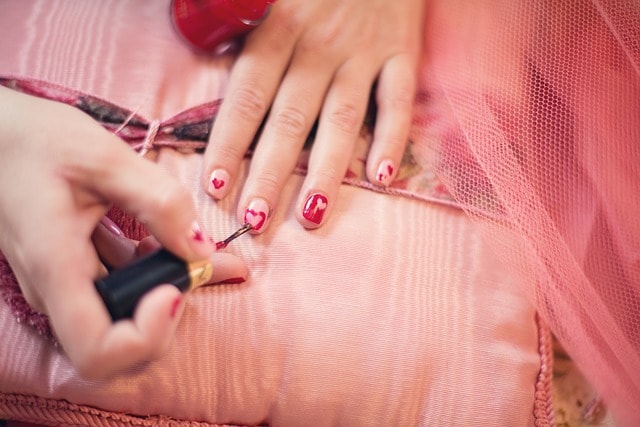
Aftercare and Nail Polish Maintenance
Once the shellac polish has been dissolved, it’s important to follow up with proper aftercare to keep your nails healthy and strong.
Removing the Shellac Polish
-
Use a cuticle pusher or orange stick to gently scrape off the remaining polish. Be gentle during this step—don’t force the polish off, as this can damage your natural nails. The polish should come off easily if it’s fully dissolved.
-
If you find any stubborn areas, soak your nails for a few more minutes before trying again.
Moisturizing Your Nails
-
Apply cuticle oil once all the polish is removed. This will help rehydrate your nails and the surrounding skin, which may feel dry after exposure to acetone.
-
Use a nail buffer to smooth out any rough spots on the surface of your nails. Buffing also helps promote nail health by encouraging blood flow to the nail bed and keeping your nails smooth and shiny.
Nail Strengthening Tips
To maintain strong, healthy nails after shellac removal, consider the following tips:
-
Take a break from polish: After removing shellac, it’s a good idea to let your nails breathe for a few days. This allows them to recover and prevents overexposure to polish and acetone.
-
Use a nail strengthener: If your nails feel weak or brittle after removal, apply a nail strengthening treatment to help them recover and grow stronger.

Tips and Precautions
Removing shellac polish requires patience and the right technique to avoid damaging your nails. Here are some important tips and precautions to keep in mind.
-
Handle Acetone with Care: Acetone is a strong chemical that can dry out your skin and nails. Always use it in a well-ventilated area and avoid prolonged exposure. You can use cotton pads soaked in acetone to wrap each fingertip. Alternatively, cotton balls can also be used; they do not need to be trimmed and the aluminum foil should be adjusted to accommodate their thicker size.
-
Protect Your Skin: Before applying acetone, apply a layer of petroleum jelly around your nails to protect your skin from drying out. This will create a barrier and help keep your skin moisturized.
-
Be Patient: Allow the acetone to work for at least 10-15 minutes. Rushing the process can lead to damage and make it harder to remove the polish.
Use High-Quality Acetone
For best results, always use a high-quality acetone nail polish remover. Pure acetone is the most effective for breaking down shellac, while regular nail polish remover may not be strong enough to dissolve the polish fully.
Handle Acetone with Care
-
Acetone can be harsh on your skin and nails, so avoid excessive exposure. Try to limit acetone contact to your nails by using small cotton pads and carefully applying them to the nail surface.
-
Be mindful of how long you soak your nails. Over-soaking can cause the skin around your nails to dry out, leading to irritation or peeling.
Avoid Scraping or Peeling
Never forcefully scrape or peel off shellac polish. Doing so can strip away layers of your natural nail, leading to thin, weak, and damaged nails. Instead, rely on the acetone to soften the polish and gently push it off with a cuticle pusher.
How to Remove Shellac Polish from Nails Safely and Effectively Conclusion
Removing shellac polish at home doesn’t have to be a challenge. By following this simple guide, you can safely and effectively remove shellac polish without damaging your nails.
With the right tools, proper preparation, and careful aftercare, your nails will remain healthy, strong, and ready for your next manicure.
Always remember to be gentle and patient during the removal process to ensure the best results and long-term nail health.



